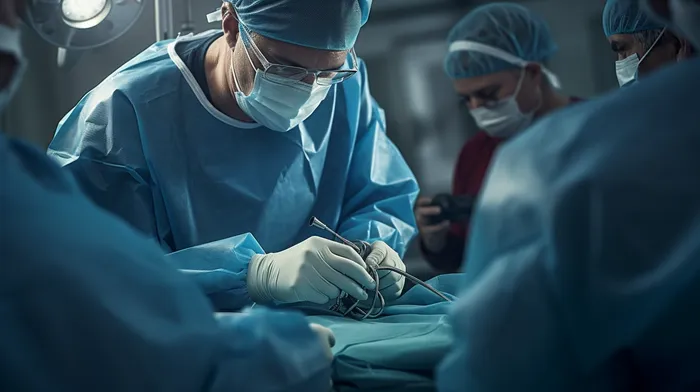Imagine this: you’ve recently undergone knee surgery to repair your anterior cruciate ligament (ACL), and your doctor prescribes you a knee brace to aid in your recovery. However, what if I told you that the knee brace your doctor recommended might actually be useless?
While knee braces are often prescribed to help with the recovery process, research shows that these devices may not provide any true benefits after ACL repair. That’s right. This seemingly important piece of support equipment could very well be nothing more than a glorified fashion statement.
Knee Braces: A Waste of Time?
An analysis of 26 studies has found that wearing a knee brace does not provide any significant recovery benefits after ACL repair. This may come as a shock, especially if you’re already wearing one. So, what does actually work for ACL surgery recovery?
The Importance of Physical Therapy
“The most important thing for ACL surgery patients is to start physical therapy early and rigorously,” says Rick W. Wright, M.D. Indeed, participating in physical therapy and performing special exercises designed to increase your strength and range of motion have been shown to be much more effective than wearing a knee brace.
Physical therapy can be challenging, particularly in the early stages of recovery, but the rewards will be well worth the effort. By engaging in a targeted and consistent exercise program, you’ll have a much better chance of returning to your favorite sports and activities, as opposed to relying on a knee brace alone.
What Does Physical Therapy Look Like After ACL Surgery?
If you’re wondering what a typical physical therapy program might entail, let me break it down for you. After your surgery, your physical therapist will assess your specific needs and develop a personalized plan to help you regain function and mobility.
Some of the common exercises you can expect to perform during your recovery process may include:
- Stretching: Stretching is essential for maintaining and improving flexibility after surgery. You’ll likely be taught various stretches to perform daily, focusing on the muscles around your knee and lower leg.
- Strength training: Building strength in the muscles surrounding your knee is crucial for proper joint support. Strength training exercises may involve resistance bands, bodyweight movements, or even light weights to help build muscles and improve stability.
-
Balance and proprioception exercises: These exercises are designed to help improve your balance, body awareness, and overall coordination. They may involve the use of balance boards, wobble cushions, or simply standing on one leg.
-
Functional training: As your strength and mobility improve, your therapist will likely incorporate functional exercises that closely mimic your daily activities. For example, these might include walking, jogging, or jumping, depending on your specific goals.
-
Return to sport: As you reach the final stages of your recovery, your physical therapist will work with you to gradually reintroduce sport-specific movements. This will ensure that you’re ready to get back to your pre-injury level of activity while minimizing the risk of re-injury.
Knee Brace Alternatives
While the research suggests that knee braces may not be the end-all-be-all for ACL recovery, there are alternative devices that can provide support and stability as you work through your rehabilitation.
One popular alternative is the compression knee sleeve, which provides gentle compression to the knee area, helping to reduce swelling and provide some support. However, it’s essential to remember that these sleeves should not replace a comprehensive physical therapy program.
Conclusion
Remember, at the end of the day, the key to a successful recovery from ACL surgery isn’t a knee brace, but a well-designed physical therapy program focused on strengthening your muscles, increasing your range of motion, and ensuring a safe return to your favorite activities.
So, if you’ve recently undergone ACL surgery, consider ditching that knee brace and putting your energy into a personalized and rigorous physical therapy plan. You might be amazed by the difference it makes in your recovery journey.
Of course, always consult with your doctor or physical therapist before making any decisions about your recovery process. They can provide you with the best advice and guidance on how to best approach your rehabilitation and regain your strength and mobility. For more information on knee injuries and recovery, check out the American Academy of Orthopaedic Surgeons.



